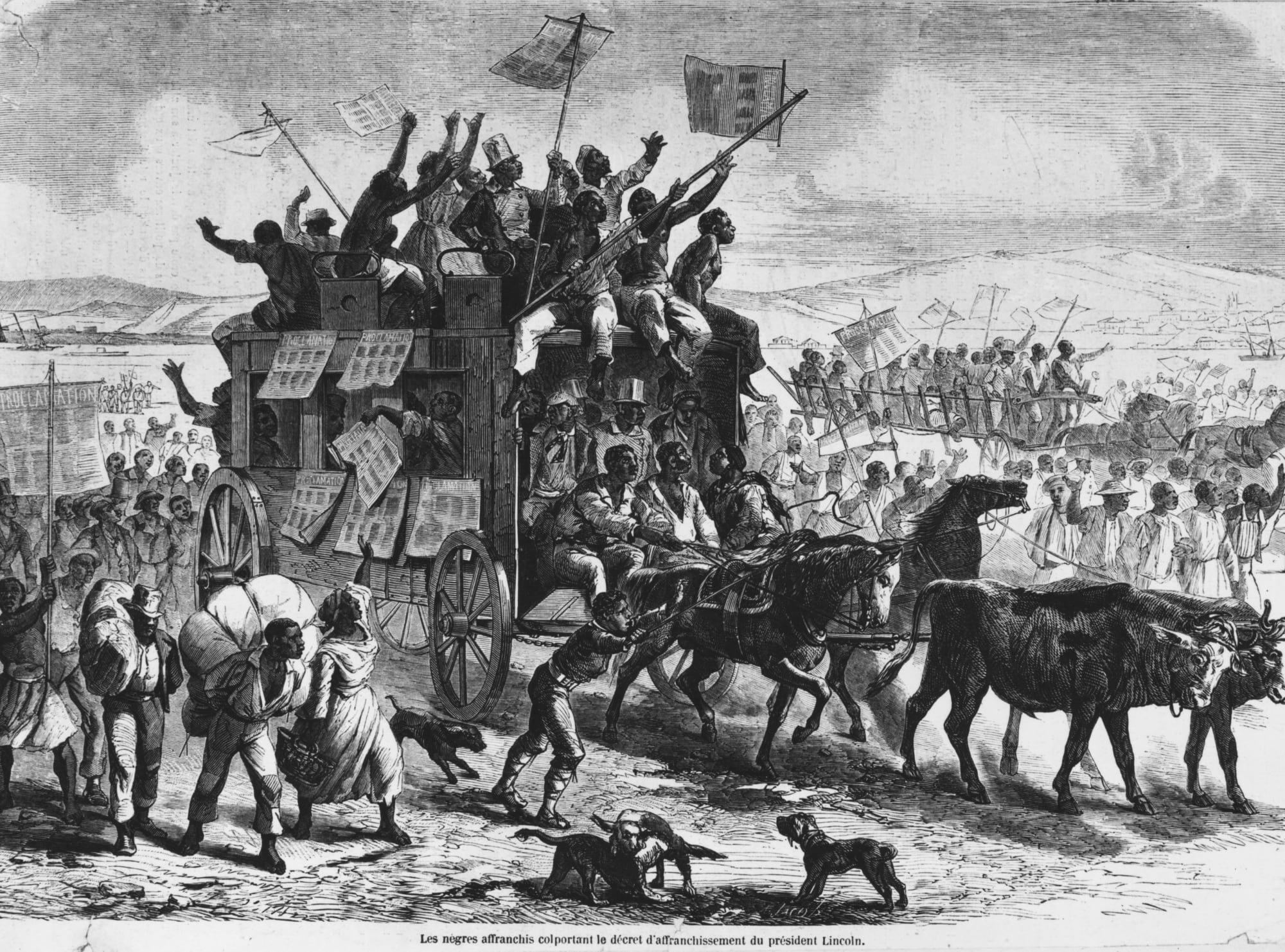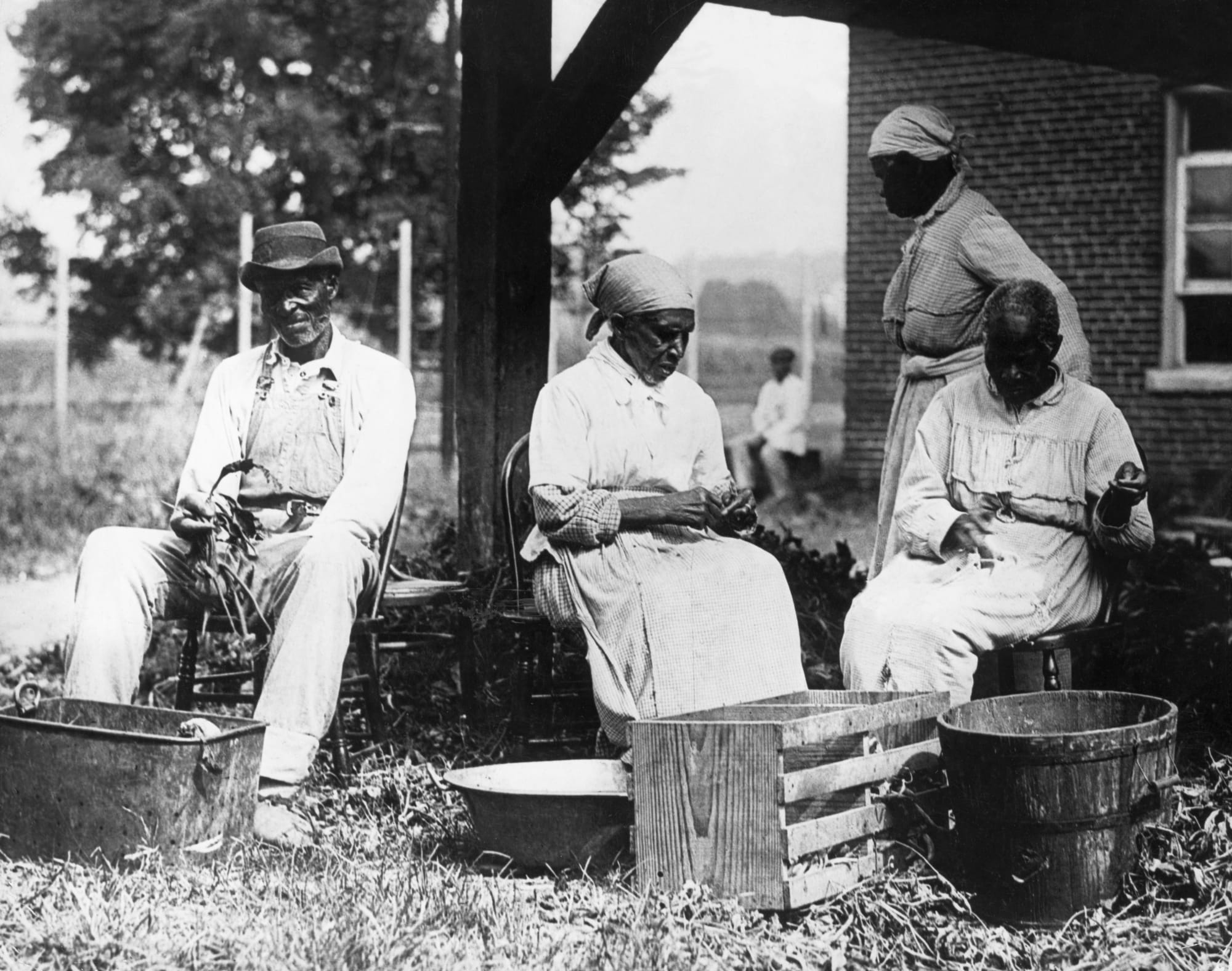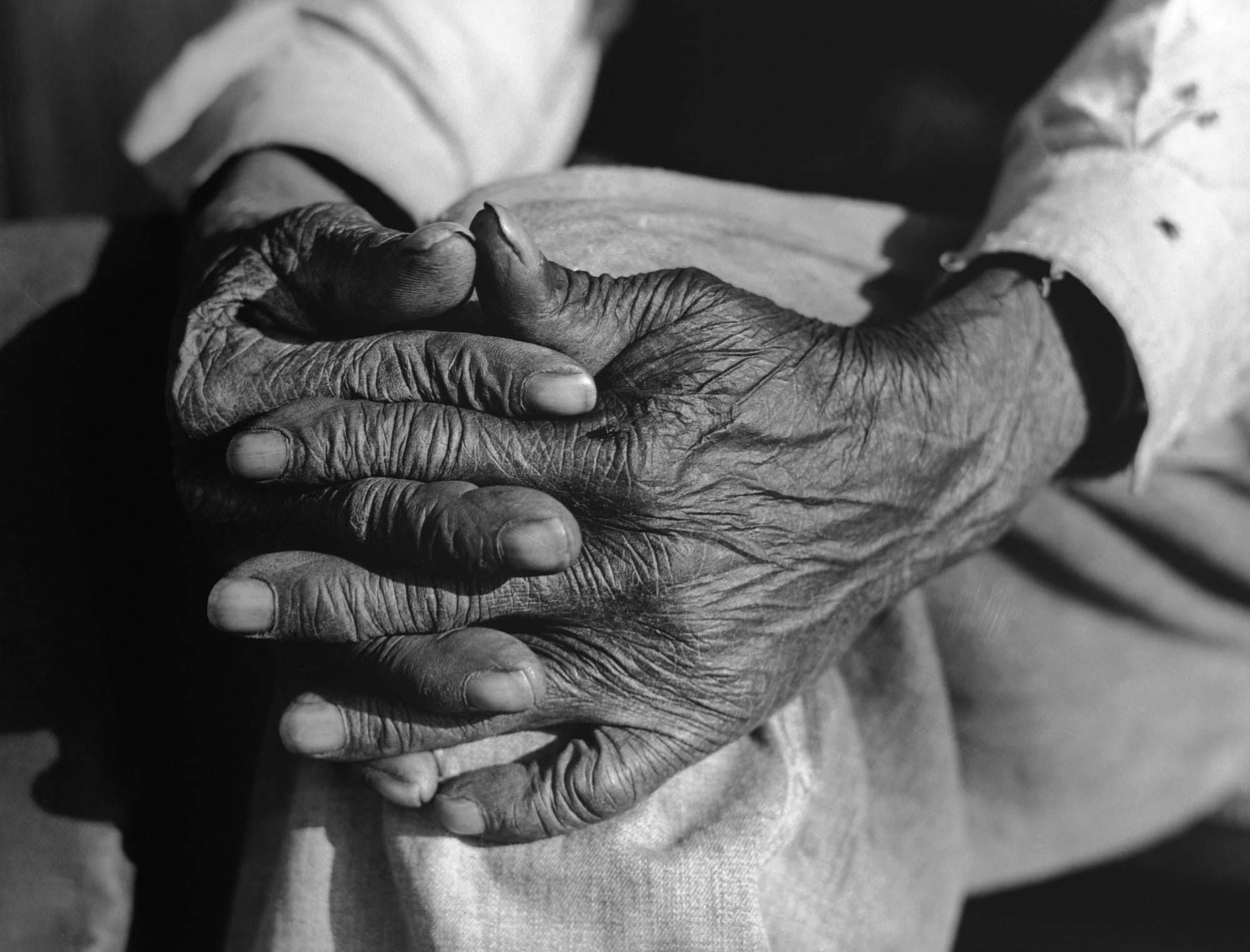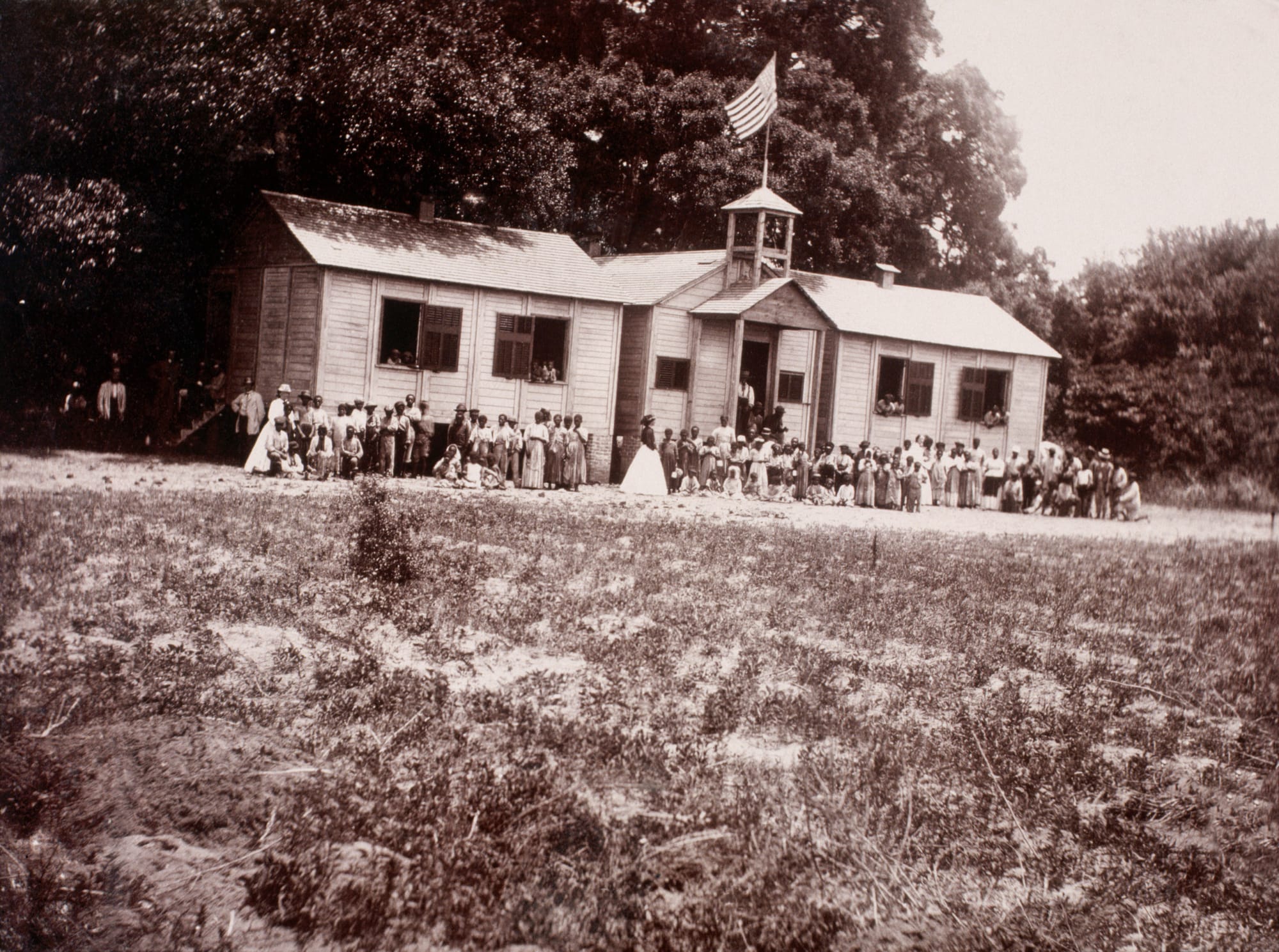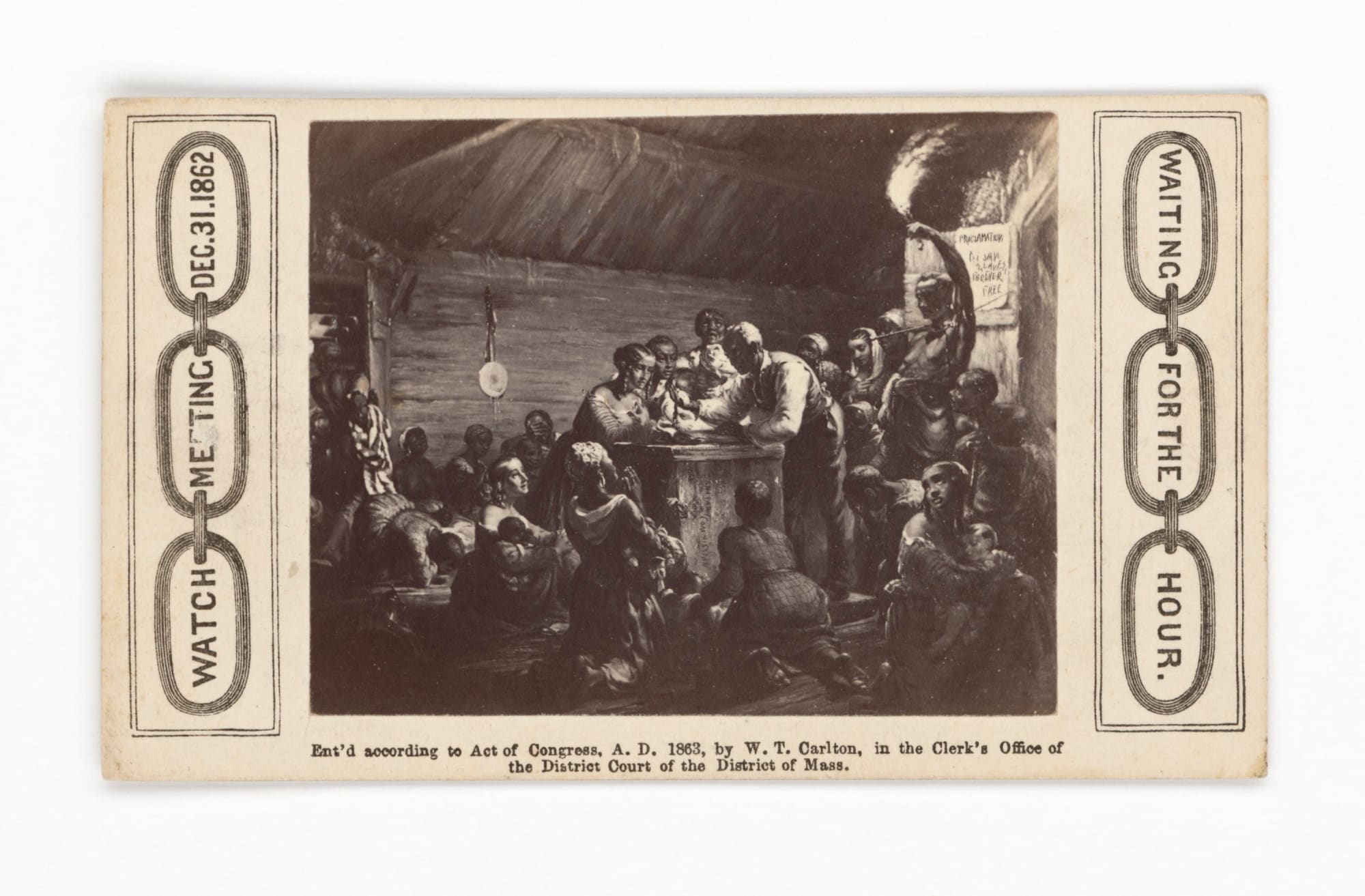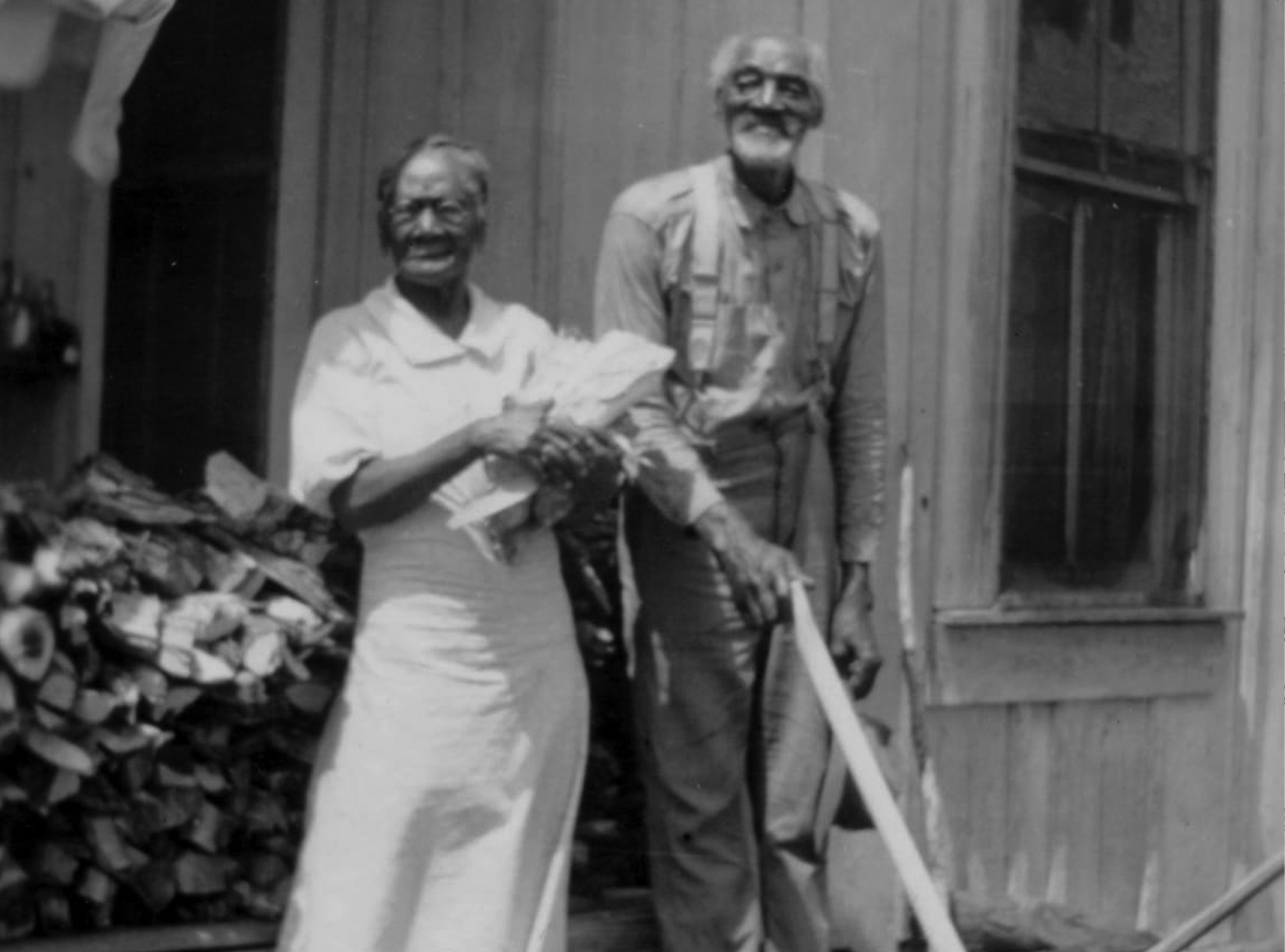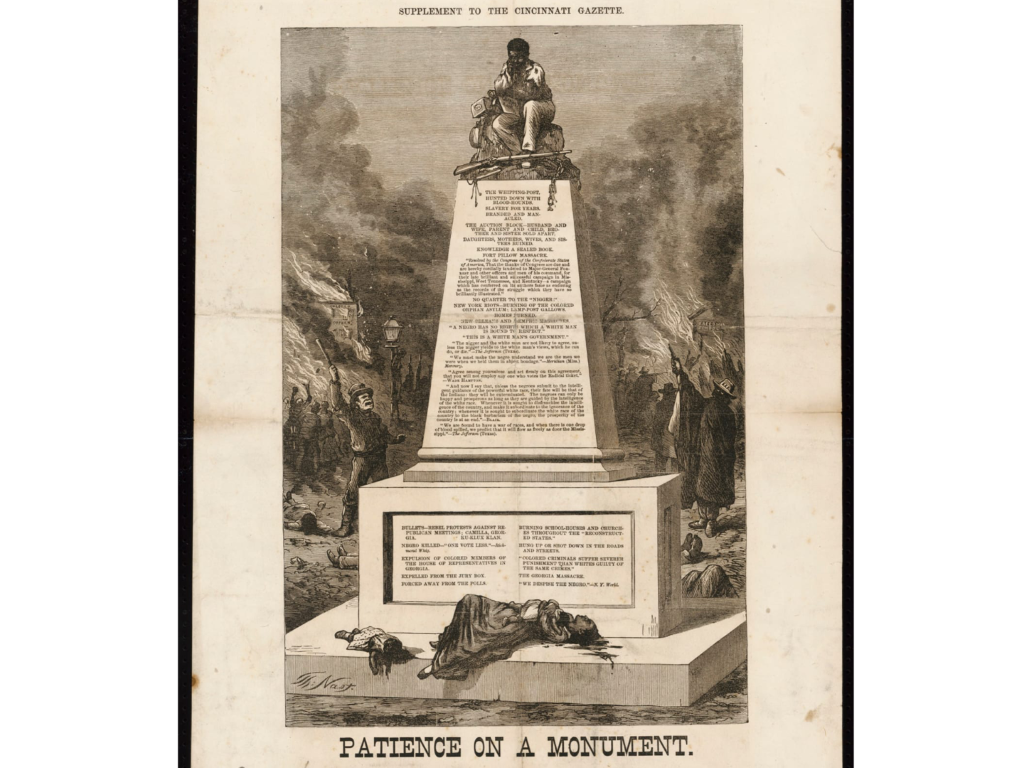Explore the History of Juneteenth
Juneteenth Today
Juneteenth (short for “June Nineteenth”) marks the day when federal troops arrived in Galveston, Texas in 1865 to take control of the state and ensure that all enslaved people be freed. The troops’ arrival came a full two and a half years after the signing of the Emancipation Proclamation.

What is the Juneteenth Flag?
That red, white, and blue flag with a bursting star marks the end of slavery in the U.S. Created in 1997 by activist Ben Haith and finalized in 2000, the Juneteenth Flag honors June 19, 1865—the day freedom was proclaimed to enslaved people in Galveston, Texas. Boston illustrator Lisa Jeanne Graf helped bring the flag to life, and the date was added in 2007.
Today, it flies across the country during Juneteenth celebrations as a powerful symbol of freedom and hope.

The Star
For one, it represents Texas, the Lone Star State. It was in Galveston in 1865 where Union soldiers informed the country’s last remaining enslaved people that, under the Emancipation Proclamation issued two years earlier, they were free.
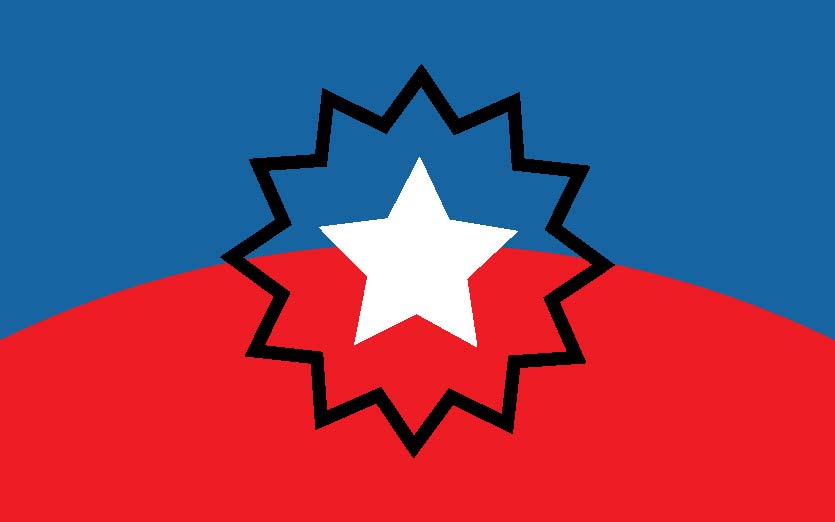
The Burst
he bursting outline around the star is inspired by a nova, a term that astronomers use to mean a new star.
On the Juneteenth flag, this represents a new beginning for the African Americans of Galveston and throughout

The Arc
The curve that extends across the width of the flag represents a new horizon: the opportunities and promise that lay ahead for black Americans.

The Colors
The red, white and blue represents the American flag, a reminder that slaves and their descendants were and are Americans.
June 19, 1865, represents the day that enslaved black people in Galveston, Texas, became Americans under the law.
History
Juneteenth (short for “June Nineteenth”) marks the day when federal troops arrived in Galveston, Texas in 1865 to take control of the state and ensure that all enslaved people be freed. The troops’ arrival came a full two and a half years after the signing of the Emancipation Proclamation. Juneteenth honors the end to slavery in the United States and is considered the longest-running African American holiday. On June 17, 2021, it officially became a federal holiday.
Confederate General Robert E. Lee had surrendered at Appomattox Court House two months earlier in Virginia, but slavery had remained relatively unaffected in Texas—until U.S. General Gordon Granger stood on Texas soil and read General Orders No. 3: “The people of Texas are informed that, in accordance with a proclamation from the Executive of the United States, all slaves are free.”
